The Vehicle Inspection Report serves a similar purpose to the Pre Trip Inspection Checklist. Both documents aim to ensure that vehicles are safe and roadworthy before they are used. While the Pre Trip Inspection Checklist is typically filled out by the driver before departing, the Vehicle Inspection Report may be completed by maintenance personnel after a thorough examination. This report documents any issues found during the inspection and outlines necessary repairs, ensuring that safety is prioritized at all times.
A Florida Quitclaim Deed is a legal document used to transfer ownership of real estate from one party to another without guaranteeing the property's title. This type of deed is often utilized in situations such as transferring property between family members or clearing up title issues. If you're ready to fill out the form, click the button below! For more information, visit quitclaimdeedtemplate.com/florida-quitclaim-deed-template.
The Daily Vehicle Inspection Checklist is another document that aligns closely with the Pre Trip Inspection Checklist. Both checklists focus on the condition of the vehicle, but the Daily Vehicle Inspection Checklist is used for routine assessments conducted each day. It includes a series of checks similar to those in the Pre Trip Inspection, such as evaluating lights, brakes, and tires. This daily assessment helps to catch any potential problems early, maintaining safety and compliance on the road.
The Maintenance Log is also comparable to the Pre Trip Inspection Checklist. While the Pre Trip checklist is used before a journey, the Maintenance Log records all maintenance activities performed on the vehicle over time. Both documents emphasize the importance of vehicle upkeep. By keeping a detailed log of repairs and inspections, operators can track the vehicle's history and ensure that it remains in optimal condition for travel.
The Safety Inspection Checklist shares similarities with the Pre Trip Inspection Checklist as well. Both documents focus on safety features and equipment. The Safety Inspection Checklist may be used periodically to assess compliance with safety regulations, while the Pre Trip Inspection is specifically designed for immediate pre-departure checks. Each checklist serves to enhance safety by identifying potential hazards before they lead to incidents on the road.
The Driver Vehicle Inspection Report (DVIR) is closely related to the Pre Trip Inspection Checklist. The DVIR is typically filled out at the end of a trip, documenting any defects or issues observed during the journey. This report complements the Pre Trip Inspection by providing a comprehensive overview of the vehicle's condition over time. Both documents are essential for ensuring that any problems are addressed promptly, promoting overall safety and reliability.
The Equipment Inspection Checklist is another document that parallels the Pre Trip Inspection Checklist. This checklist is often used for inspecting specific equipment or attachments on vehicles, such as trailers or specialized machinery. Both checklists require attention to detail and focus on identifying any issues that could affect performance. The Equipment Inspection Checklist ensures that all components are functioning properly before use, similar to how the Pre Trip Inspection ensures vehicle readiness.
The Condition Report is also similar to the Pre Trip Inspection Checklist. This document provides a detailed account of the vehicle's state, noting any existing damage or wear. While the Pre Trip Inspection Checklist is focused on immediate safety checks, the Condition Report offers a broader view of the vehicle's overall health. Both documents serve to protect operators and passengers by identifying potential risks before they become problematic.
The Fleet Inspection Checklist aligns with the Pre Trip Inspection Checklist in that it is used to evaluate multiple vehicles within a fleet. This checklist helps fleet managers ensure that all vehicles meet safety standards and are in good working order. While the Pre Trip Inspection focuses on individual vehicles before a trip, the Fleet Inspection Checklist provides a comprehensive assessment of the entire fleet, promoting efficiency and safety across all operations.
Lastly, the Compliance Checklist shares some common ground with the Pre Trip Inspection Checklist. This document is used to ensure that vehicles meet all regulatory requirements, including safety standards and operational guidelines. While the Pre Trip Inspection is more focused on immediate vehicle readiness, the Compliance Checklist serves as a broader tool to ensure ongoing adherence to industry regulations. Both checklists are crucial for maintaining safety and legal compliance in vehicle operations.
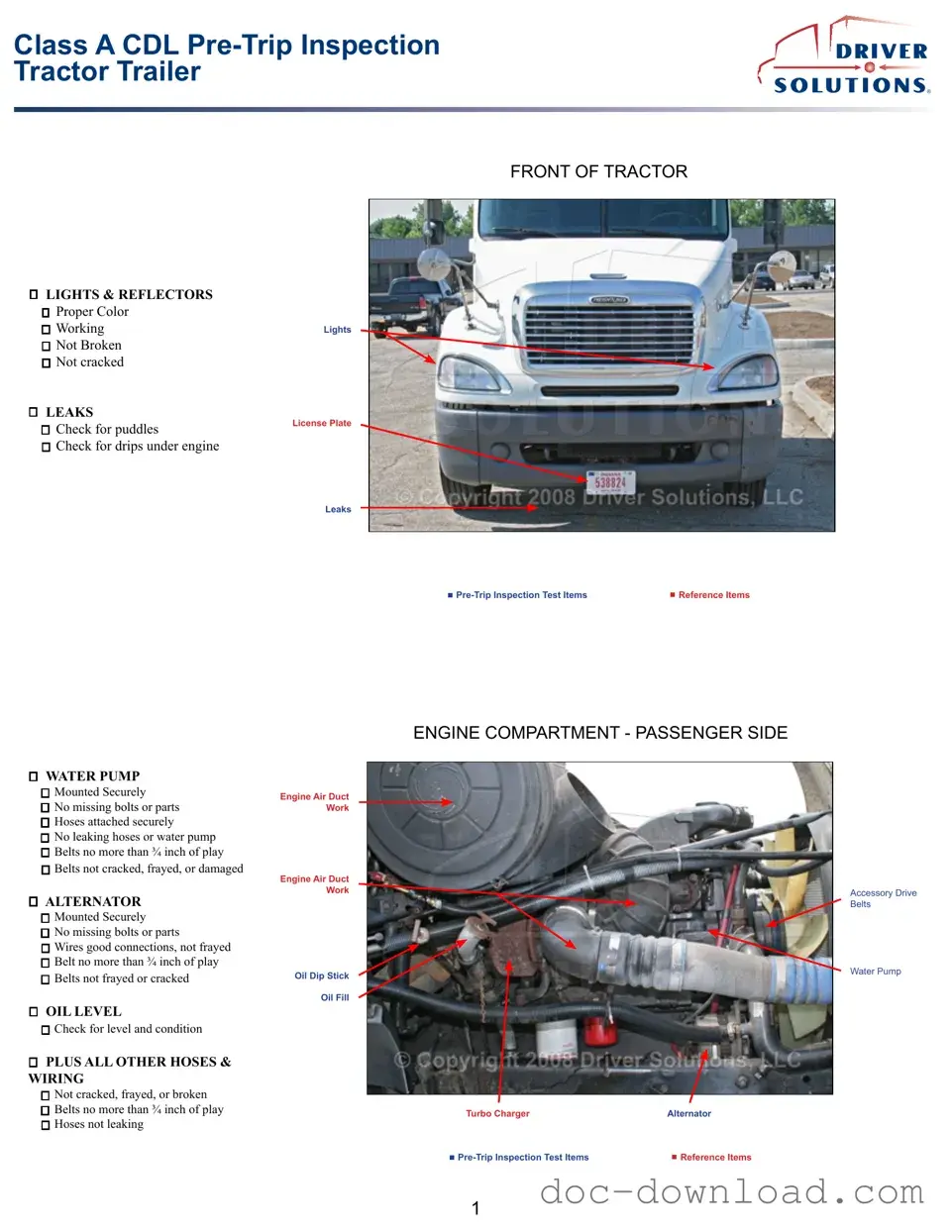

 ®
®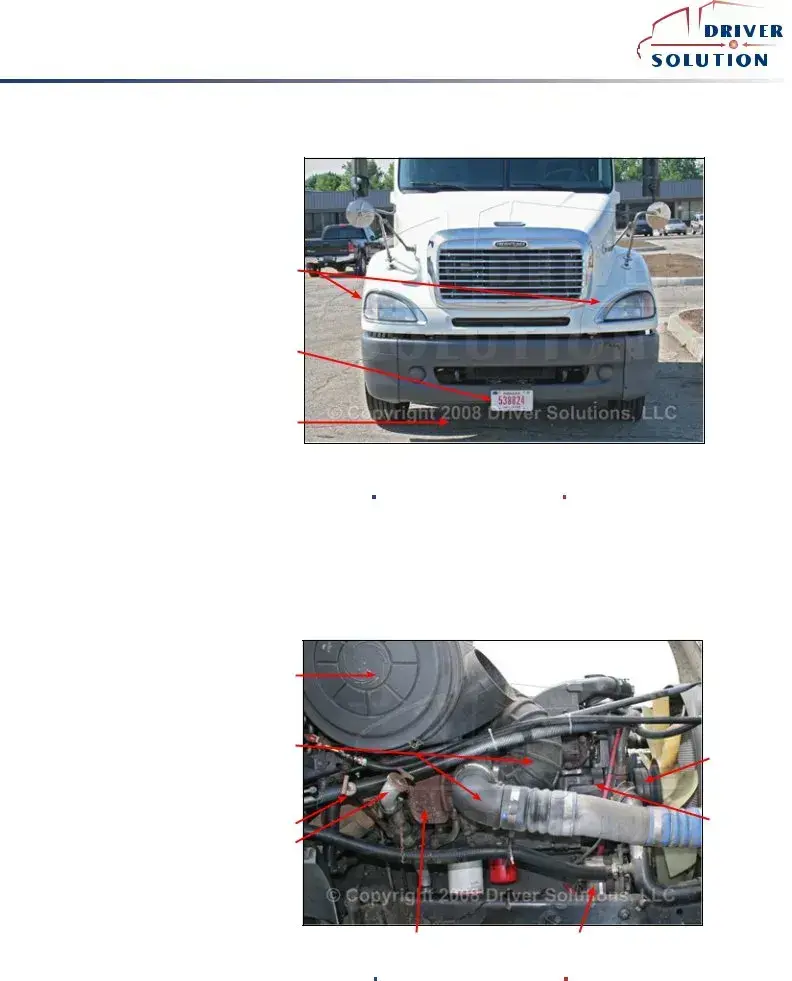
 ®
®
 ®
®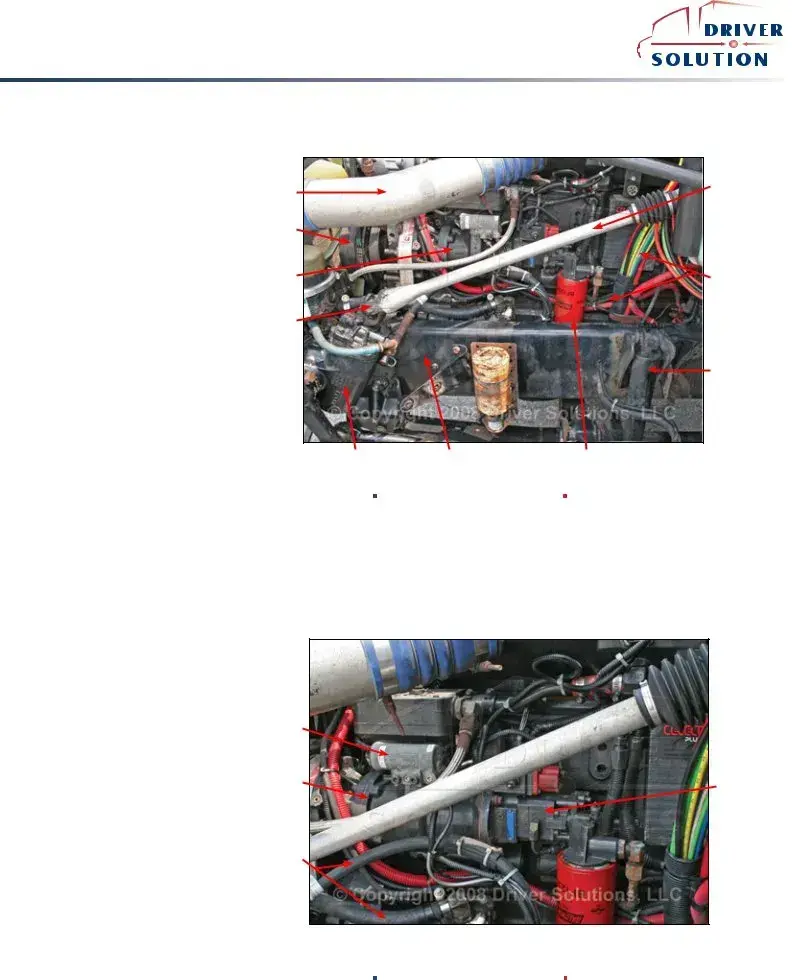
 ®
®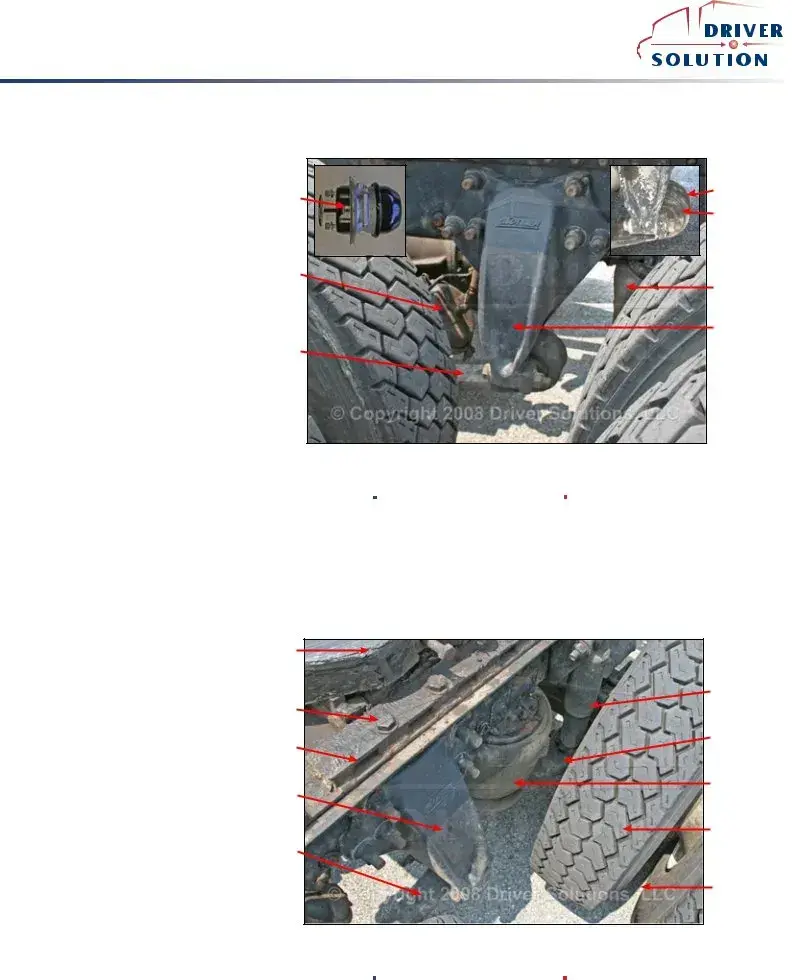
 ®
®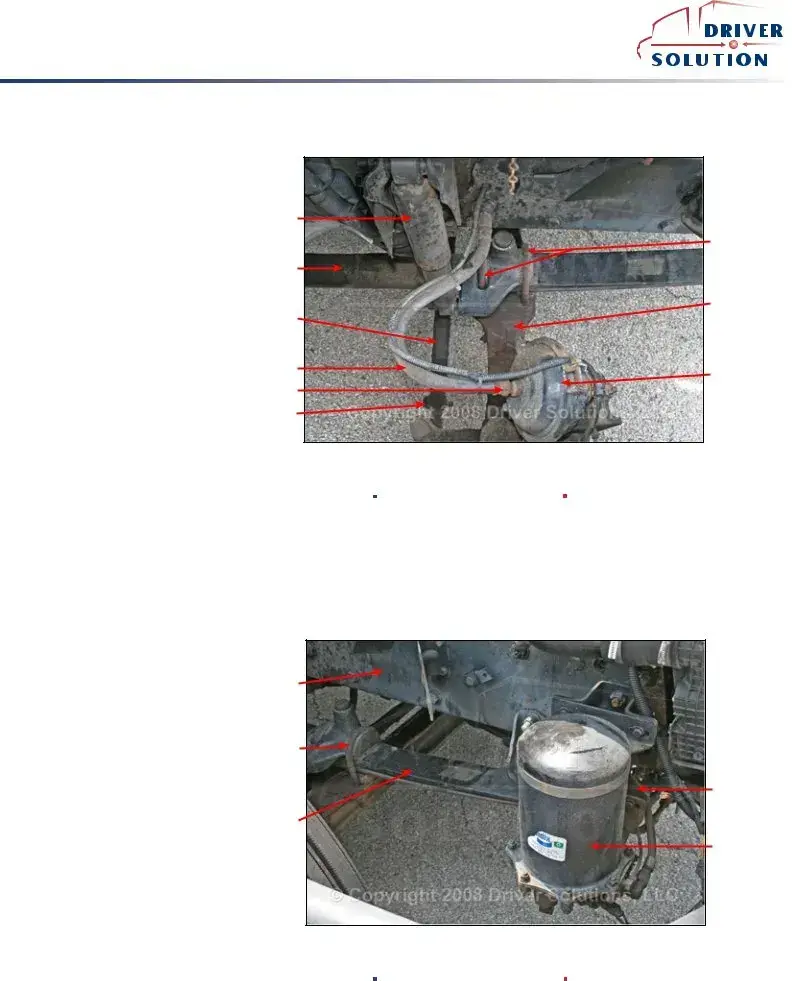
 ®
®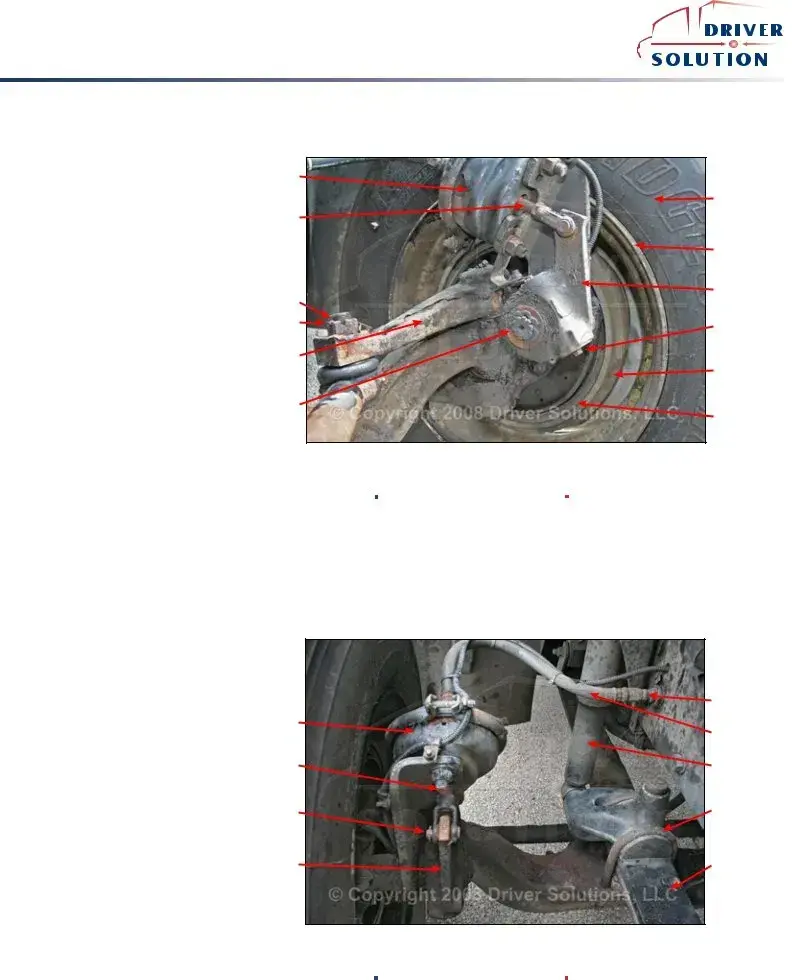
 ®
®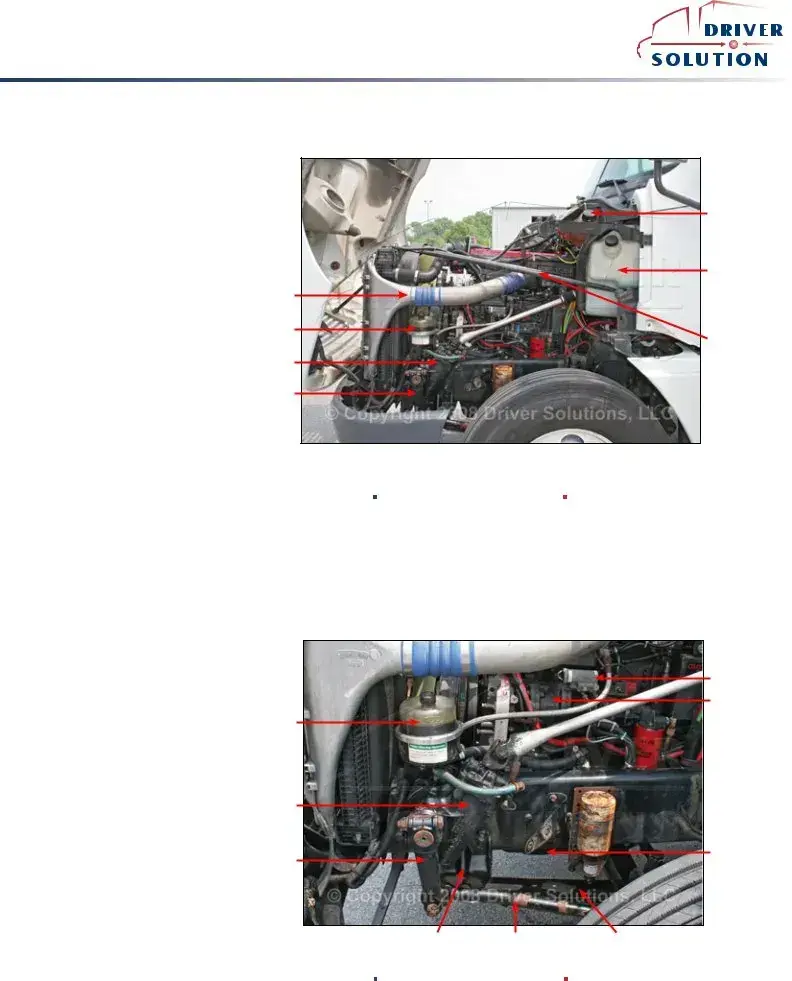
 ®
®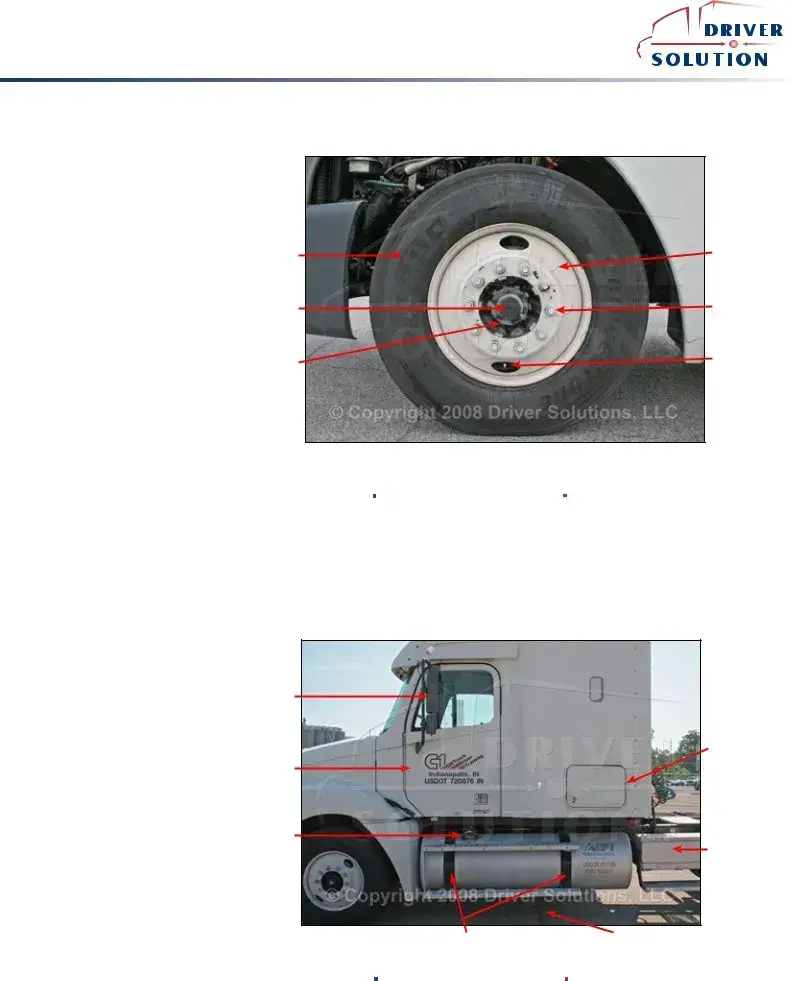
 ®
®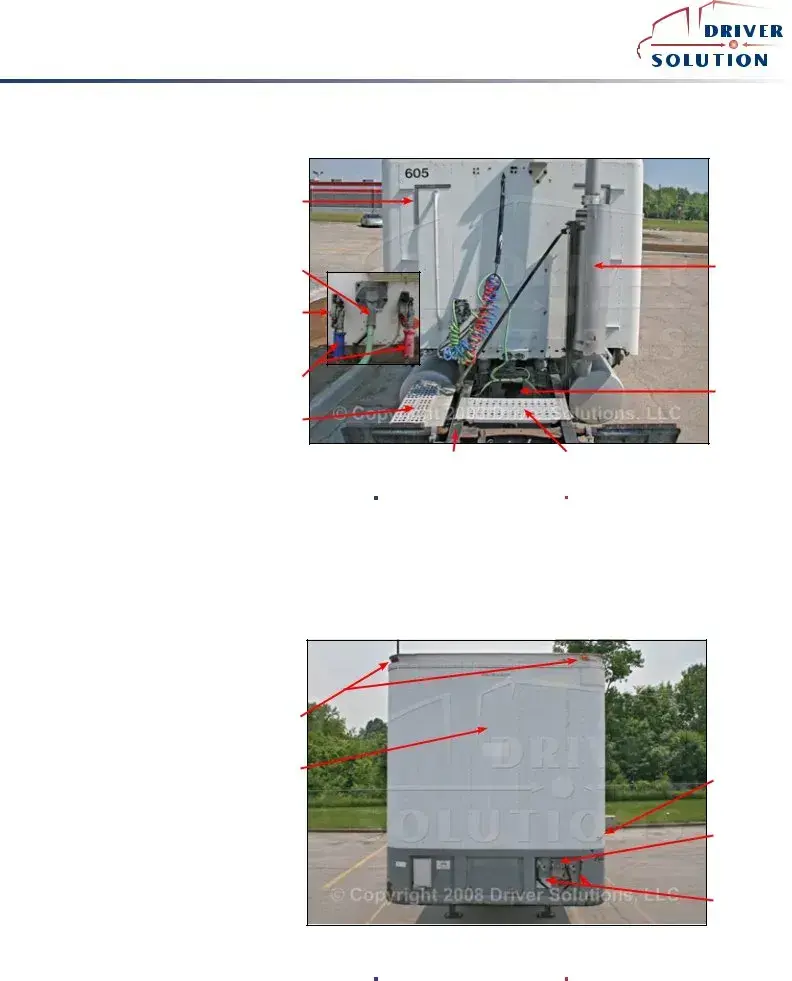
 ®
®